|
Hiking can be a relaxing way to spend a few hours outdoors while you embrace nature and take in all of the beautiful sights and sounds around you. However, it can also be a way to physically challenge yourself to journey long distances on foot and traverse some rocky terrain. Whatever your reasons for hiking are, knee pain is arguably one of the most significant issues that can creep up and stop you from enjoying your hikes. Whether it occurs suddenly when you're on a trail or after your hike, knee pain is not something you have to live with. So in this article, we're going to talk about how and why knee pain develops and some of the strategies you can use to reduce the strain on your knees. What Causes Knee Pain While Hiking?It's essential to learn a little more about the biomechanics of walking to understand why you face knee pain while hiking. Walking involves five primary goals:
To achieve these goals, we have to look at your gait and what happens at each step when you walk. You start by striking the floor with your heel, and then you flatten your foot against the ground for support. Next, you prepare it to leave the ground by lifting the heel first and the toes last. While your feet are doing all that, you're attempting to achieve the second and third goals; to use the least amount of energy possible and to cause the least amount of pain. Your legs hold up your entire body weight and any additional weight that we have on you. In the case of hiking, you may be carrying a backpack full of essential supplies. And for every extra kilo/pound you carry in your pack, this adds considerable extra load to your body (and your knees). The fourth goal is also essential to understand. When walking uphill, you need to exert more strength to raise your legs and hold your body weight up while pushing off. Your muscles need to do more work, and additional pressure is placed on your knees. It's estimated that just climbing stairs can cause four times your body weight in pressure to your knees. Something as simple as walking up a hill can cause a similar amount of stress to your knees, depending on the elevation. As you can see, the biomechanics of walking means that you place a lot of stress on your feet and knees. Your body relies on this combination of joints and muscles to propel itself forward. You also inflict additional pressure based on the way you walk and the elevation of the terrain. For many hikers out there, this isn't a big worry. And they can get through their hiking without a problem. But if you do struggle with knee pain while hiking, it might be becoming clear of some of the contributors behind it. Injuries and Problems That Lead to Knee PainThere are many problems people may experience during their lifetime that can cause discomfort and pain in the knees. Fractures A broken bone in the knee, such as the kneecap. It can often occur as a result of a fall. Those who have osteoporosis may have brittle bones, which can put them at a much higher risk of this issue. ACL Injury Tear of the anterior cruciate ligament (ACL), one of the four ligaments that connect your shinbone to your thighbone. This is common in people that play a lot of sports that require sudden directional changes. Torn Meniscus The meniscus is the tough and rubbery cartilage that helps to absorb shocks between your shinbone and thighbone. If you suddenly twist your knee while bearing weight on it, the meniscus can sometimes tear, which can lead to pain. Knee Bursitis Knee injuries may cause inflammation in the bursae, small sacs of fluid that cushion the outside of your knee to prevent friction and pain. Biomechanical Issues Several mechanical problems can also cause knee pain. For example, if you've experienced an injury in the past, a piece of bone or cartilage can break off and end up being stuck in the joint space. This could eventually cause knee pain if it interferes with joint movement. Arthritis Arthritis is also a potential cause of knee pain. While there are many different types of arthritis, the most common type is osteoarthritis. It is a general wear-and-tear condition that occurs when the cartilage in your knee deteriorates due to use and age. A dislocated kneecap can also cause pain if it's not resolved. Lastly, the way you walk can also have an impact on knee pain, and sometimes a small change in the way you step on the trail can make a genuine difference. Now that we've gained a thorough understanding of knee pain and why it happens, let's take a closer look at some of the solutions we can use to solve it. *One important point to note, is what is described above are injuries which can lead to knee pain. For many hikers, they may experience pain with no injury present (and for many hikers, they can have an 'injury' but not actually experience any pain!). How to Prevent Knee Pain While HikingOne of the critical aspects of preventing knee pain is to solve underlying issues instead of using band-aid solutions. If you focus too much on temporary fixes (such as always having to rely on knee braces or pain killers) - and are not doing anything to proactively improve your situation, then it is likely things are not going to chance. To take a different approach, taking proactive steps to work on some of the underlying issues contributing to your pain, can go a long way. To help with this, we've put together a handy guide that details a 3-step process for eliminating knee pain on the trail. We'll be discussing those 3 steps in this article but if you'd like to read about them in more detail, feel free to download the PDF version [which also includes a simple 12-Week training plan to help overcome hikers knee]. #1. Strengthen Your Muscles Around the KneeOne of the best preventative measures to take is to exercise regularly to prevent hiker's knee pain. A few areas of exercise and training a hiker with knee pain should consider:
The purpose of exercising is to strengthen your muscles and joints, and improve their tolerance to the forces they will be exposed to on the trail. Simply put, if they are stronger, they'll be able to hold more weight and support your knees. As we explained before in the previous section, much of the stress from walking is placed on your knees. If you strengthen the supporting structures of the knee, then you're less likely to experience pain. #2. Use Hiking PolesExercising to strengthen your muscles is a great way to deal with the underlying problems that cause knee pain. However, there are also a couple of great tips to help you immediately solve your knee pain while hiking without ignoring the underlying issues or exacerbating them. For example, hiking poles can reduce the force on your knees in certain situations. A study in The Journal of Sports Sciences found that hiking poles used on a 25-degree downhill ramp can lower the forces on your knee by up to 25%. Using hiking poles could also help with stability when hiking on uneven surfaces. This is an incredibly simple aid, which can make a dramatic difference to many hikers knee discomfort, and confidence, on the trail. #3. Select the Right Hiking EquipmentThere are two main components to focus on when choosing your hiking equipment; the types of shoes you're wearing and the weight of your backpack. Your shoes need to be correctly fitted if you're going to be hiking for a long time. Poorly-made shoes can be uncomfortable. By picking a good pair of hiking shoes or boots, you'll ease some of the pressure inflicted on your knees and other joints, making it a lot more comfortable to hike. The best advice we can give you here, is to get your hiking shoes and/or boots fitted by an expert. So if you have the opportunity, avoid shopping online, and get in-store to get fitted. (And if shopping in person is not possible, then at do your research!). The other factor is the weight of your backpack. Your knees are carrying your weight plus any additional items that you've got on your body. This means your clothes and also anything inside of your backpack. By removing anything unnecessary, you'll lighten your load, which ultimately means less stress on your knees. Conclusion Pain is something we shouldn't ignore. When you get knee pain while hiking, the best approach is to be proactive about dealing with it. Don't ignore it, don't just hope it will disappear by itself. Because this is rarely a great solution...
If you experience pain regularly in your knees while hiking, you might want to look for underlying issues that can cause it. Do the right training, use right equipment and be proactive about this issue. And, if this doesn't help, reach out for professional help. Because life's too short to be hiking in pain!
David Campbell
12/23/2021 02:57:47 pm
I have a sore left knee from. hiking. Right knee no problem. Physio has given me a sit up exercise to strengthen muscles in left knee. Also keeping left leg straight, whilst sitting on and hanging 2x2kg weights evenly over left ankle, keeping left leg straight I do 16 lifts of leg to strengthen thigh muscle. Both these exercises help me. What other exercises do you recommend please?
Rowan Smith
12/26/2021 04:32:36 pm
Hey David, sorry to hear the knee is giving you a bit of trouble. It really is hard to give any particular recommendations which might help, without knowing more about your situation.
M. K. Foong
11/4/2022 03:08:28 am
Hi iv osteoarthritis on both knees recently due to downhill hiking using downhill steps. Is this the cause for it? Yes i do use trekking poles and good hike shoes but feel even uphill both legs not strong enough. Whst is your recommended answers Comments are closed.
|
AuthorRowan is a personal trainer who specialises in training for hiking, trekkers and mountaineers for their bucket list adventures. Archives
July 2024
Categories
All
|
AboutSummit Strength is a personal training for hiking service created specifically to help hikers have the best chance of a safe, enjoyable and successful adventure.
|
Company |
Services |
|
|
© COPYRIGHT 2018. ALL RIGHTS RESERVED.
|
Website Design by My Personal Trainer Website
|

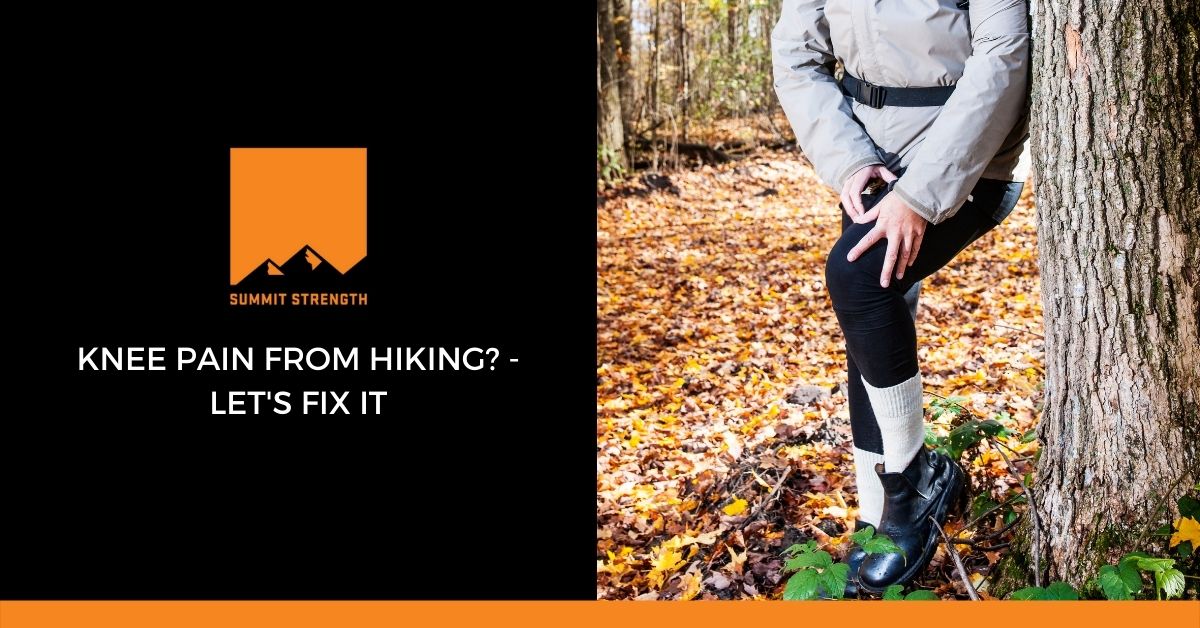
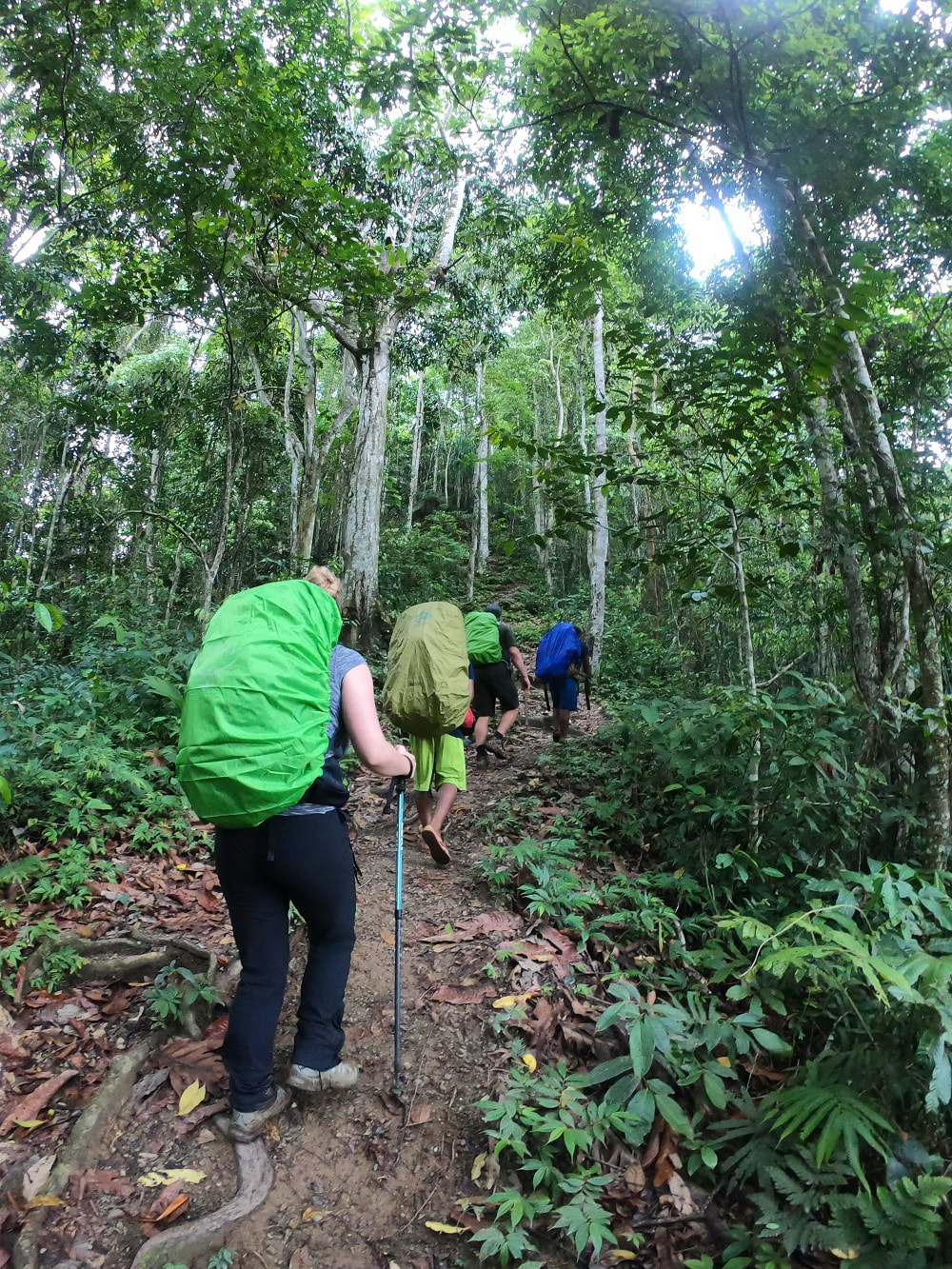

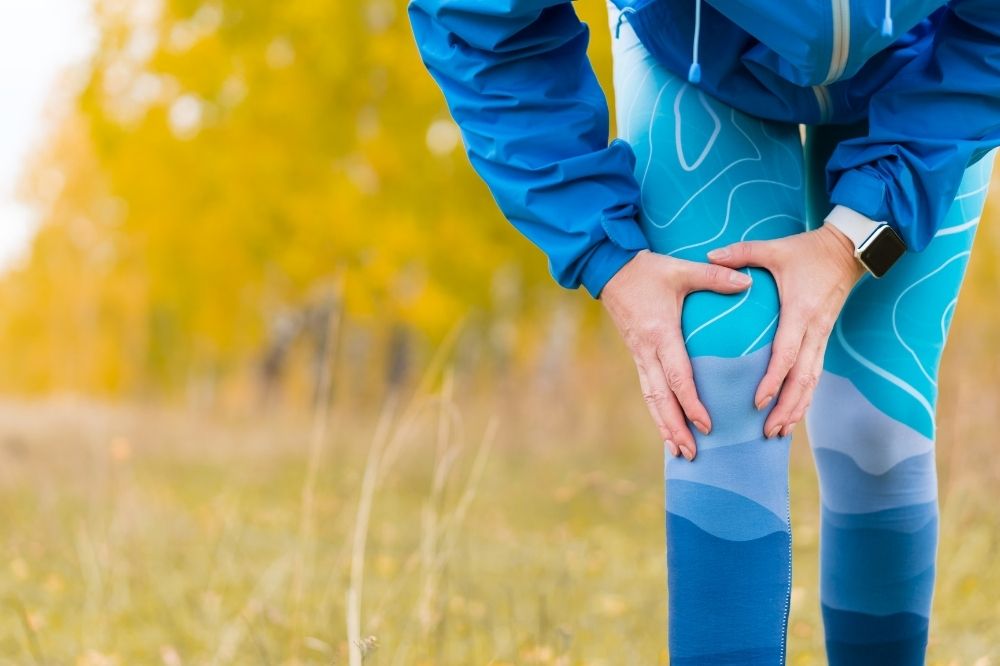
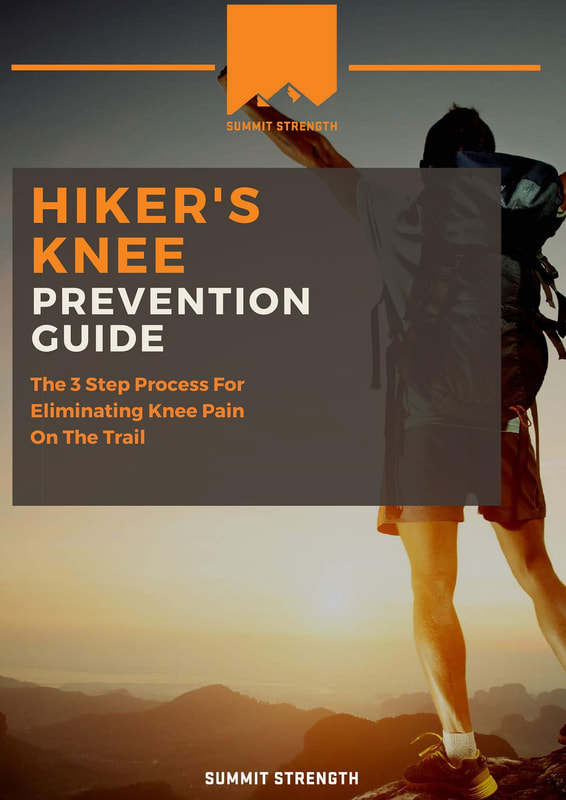
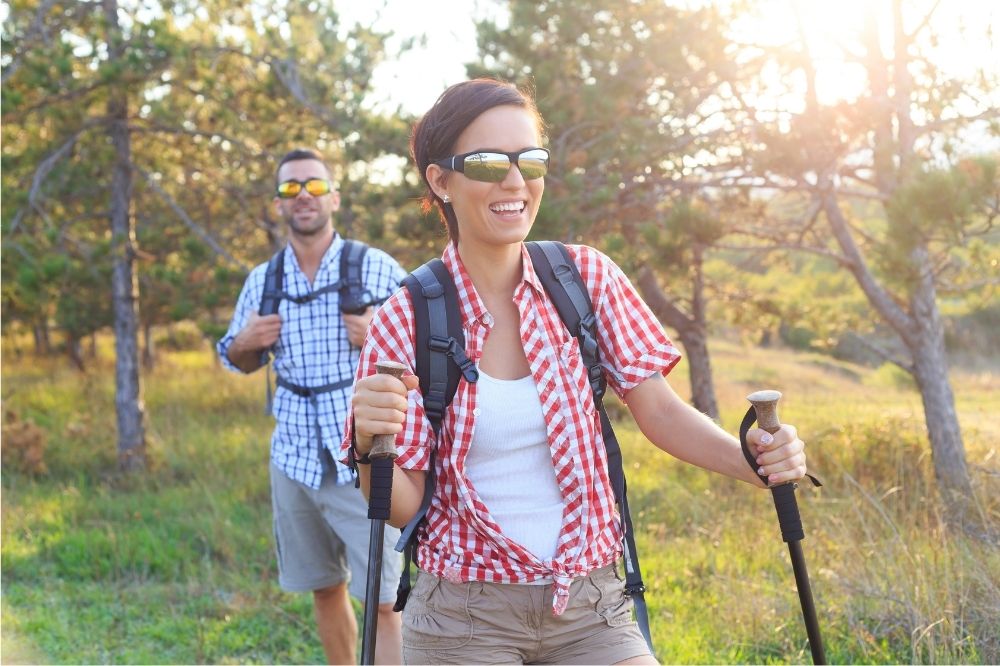
 RSS Feed
RSS Feed
